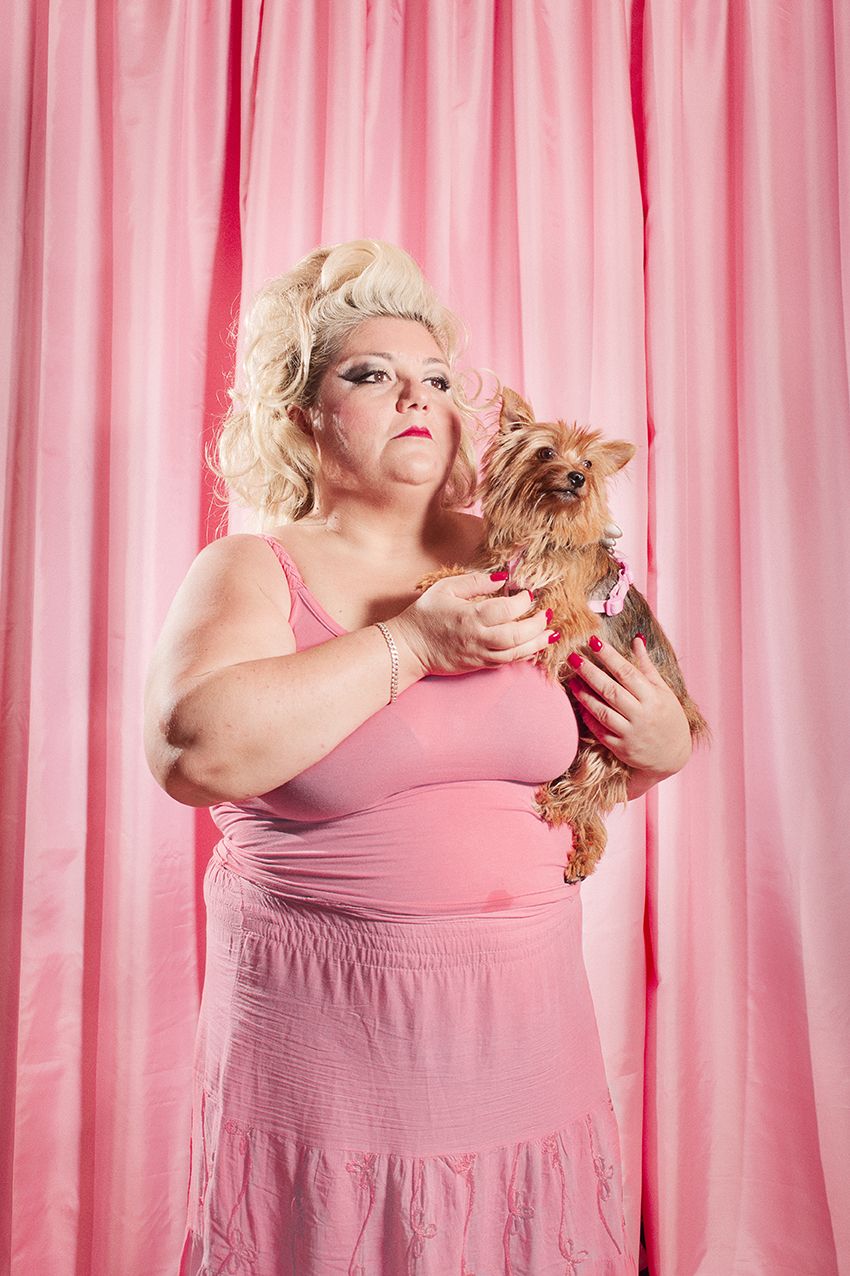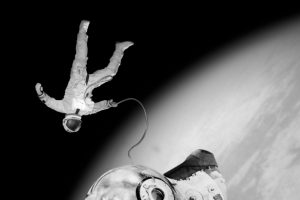Gibellina PhotoRoad Festival 2019: 26 July – 31 August
Large-scale outdoor photographic installations, talks and projections – all in a city that is one the largest, open-air contemporary art museums of in the world.
Gibellina PhotoRoad is the a first and unique to Italy. It is a festival of open-air and site-specific photography organised by the Cultural association On Image and co-organised by the Orestiadi Foundation under the artistic direction of Arianna Catania and under the patronage of the Municipality of Gibellina and with Festival Images Vevey as Main Partner.
This is an exceptional opportunity to admire some of the most exciting photographic works of recent years, presented in an urban space with visionaries and innovative outdoor productions, exploring new ways to interact with the public.
Following the success of the first edition of Gibellina PhotoRoad festival, we return this year with a new and more vibrant programme which will run from 26th July to 31st August 2019.
We will bring together some of the greatest authors from the world of photography, such as Joaan Fontcuberta, Mario Cresci, Mustafa Sabbagh, Moira Ricci, Tobias Zielony, and they will stand alongside young emerging international artists such as Manon Wertenbroek, Gianni Cipriano, Morgane Denzler, all of whom have been invited to draw inspiration from this place with a unique history.
Gibellina is a city that rose from the ashes of the terrible earthquake of 1968 and rebuilt a few kilometres away from the old town centre. Its birth was based on an enlightened and visionary reconstruction project headed by a group of intellectuals who had been brought together by the Mayo Ludovico Corrao. This was how the entire city of Gibellina was born, and today it is one of the largest “open-air” contemporary art museums in the world, with architectural works and sculptures by some of the most influential artists from the twentieth century, such as Alberto Burri, Arnaldo Pomodoro, Pietro Consagra, Mimmo Paladino.
It is the ‘city of art’ known for the ‘Grande Cretto’ by Burri, a shroud of white lime over the rubble of the old residential area, which was the world’s most extensive work of Land Art. It is the perfect backdrop for the artists chosen by PhotoRoad, whose work will overlap and complement the existing works, keeping within the same spirit of the open-air exhibition, a wonderful meeting of different artistic mediums, such as photography and architecture.
The theme: Fictions
This year’s festival centres around the theme of “Fiction” – the dialect that exists between reality and fiction and which has always been at the heart of art. From the Cave of Plato to postmodernism, it is reality that continuously offers cues to nourish the imagination, yet, in turn, it is human fantasy, human culture, that shapes and transforms reality, making it equal to itself.
“Photography, among all of the arts, is the first to use reality as an indispensable raw material, yet it is also a technical tool created to reproduce a perfect copy of what the eyes see. It is a fiction – it sits in the most hidden corners of the tangible making it so true, that it appears unreal. Anyway, who said that our what our eyes see is actually reality? Contemporary photography is a long way away from being considered a mere representation of the real. Photography is the absolute protagonist because it breaks down reality, it re-elaborates the past, and imagines the future, and it creates traces of an anti-reality, or better still, traces of a thousand other possible realities, all both true and false at the same time,” explains Arianna Catania, PhotoRoad’s Artistic Director.
Gibellina PhotoRoad Festival’s thirty-two exhibitions
Over thirty artists from all over the world will take part in a packed programme for this year’s Gibellina PhotoRoad.
Swiss artists: Taiyo Onorato & Nico Krebs, Christian Lutz, Nicolas Polli, Olivier Lovey and Manon Wertenbroek; French artists: Morgane Denzler, Sophie Zenon and Michel Le Belhomme; Italian artists: Mustafa Sabbath, Incompiuto Siciliano, Gianni Cipriano, Federico Clavarino, Novella Oliana, Giammarco Sanna, Andrea Alessandrini and Giorgio Varvaro; and Mexican artists: Monica Alcazar-Duarte and Brian McCarty, will join several other artists of international fame from the USA and together with Gibellina’s locals will celebrate the festival’s three day inauguration with meetings, talks and projections (26 – 28 July).
After last year’s preview, we are proud to announce the long-awaited return to Sicily of Joan Fontcuberta. A photographer, image theorist, curator and Catalan writer, Fontcuberta will present Gibellina with an immense mural composed of 6,075 tiles of selfie’s of Gibellina’s inhabitants on holiday, at festivals and on journeys. Every photo was sent to the artist by the locals of Giibellina. They have been recomposed to form a unique image. This enormous permanent collective work, measuring 13m x 3.5m, is entitled “Gibellina Selfie – the gaze of three generations”. It is the largest photo-mosaic mural by Fotocuberta in the world and will be donated to the city converting it into an icon of the city itself.
Continuing with participatory art, the Tuscan artist Moira Ricci worked with more than 1,000 photographs taken from family albums that the locals showed to her, to remind us and tell all of us about the life of their beloved city, before the earthquake struck, and changed it forever. The photographs were found in the rubble of their homes. From this immense heritage, Ricci has set her extraordinary fantasy in motion, creating a spectacular hand-coloured collage in which the faces of men and women, old and young reconstruct the community and that sense of belonging which existed in the old city, and which the earthquake as well as time and modernity, have tried to erase.
This work will be exhibited at Palazzo di Lorenzo, a symbolic and evocative place, built by the architect Francesco Venezia in 1981, to act as custodian to the remains of the façade of the original building of the same name. It is located on the edge of the city, where the city merges with the countryside, and the building plays with ‘inside’ and ‘outside’, ‘ruins’ and ‘modernity’. It is a fitting place for such a memory of the past, as Ricci’s installation is the juncture between old and new. The work forms part of the project ‘Start-Art Memory in Motion’ and was produced thanks to the Creating Living Lab Prize, from the General Management of Contemporary and Urban Art and Architecture – DGAAP of MIBAC.
The great master of Italian photography, Mario Cresci, who is the author of an eclectic set of works characterised by research into the freedom that crosses drawing, photography, video, installation and site-specific works, offers up an exhibition that provides a short-circuit between the past and present.
Taking inspiration from the city and its history, he connects 1968, the year in which he told of Belice’s earthquake victims’ protest in Rome, to 2018. In ’68, when Cresci walked into the march, he took extraordinary double-exposures on black and white film that he later printed on a 13-meter long ribbon that was exhibited in the centre of Rome for a few hours. Some fifty years later, Cresci returned to photograph the places struck by the earthquake, and searched for an unique vision, a long way from simple documentation: a multiplicity of observations of architecture and landscapes, that were not created by centuries of stratification, but which arose from a rupture, from a “fabula”, from a utopia.
The result is “Fabula ‘68 -’18”, a complex set of fragments, a mosaic of visions, reproduced on a 50m strip that will be installed in the centre of Piazza Beuys, where the gigantic unfinished Theatre by Pietro Consagra stands.
The strong presence of great artists at the festival, who not only come from the field of photography, is attested to by the homage to Pietro Consarga, a sculptor who is one of the most prestigious exponents of Italian abstract art. He was the architect of the 24-meter high stainless-steel star, “Porta del Belici” that welcomes visitors to Gibellina. He was also the designer behind the theatre that bears his name, the most colossal unfinished work in this part of western Sicily. To mark the occasion, the “Teatro di Consagra” will host an exhibition dedicated to its designer, who is remembered for his inception of the 1968 Città Frontale, in which the edifices are presented as enveloping and welcoming structures that lack right-angles, and have a staggered urban layout.
A reflection on the unfinished is at the centre of the research by the collective Alterazioni video, it has become a style that is known throughout the world. In their “Unfinished: The birth of a Style” they offer the first exploration into the most important architectural style in the past 50 years. Using extensive documentation, collected over more than a decade of research, interviews in the field, the Alterazioni video talks about a perspective through which we can re-read our contemporary landscape, providing the tools to understand a phenomenon that characterises contemporary Italian landscapes and the recent Italian history.
Presenting a unique project, Video Mapping “Ferox, what does IEMS hide from humanity?” the artist, Nicolas Polli, brings photography and video together. During the festival’s opening night, on 26 July, Polli will project a film comprised of mixed YouTube videos on the apse of Chiesa Madre, a large white sphere, with aerial view of the planet Ferodx. The presentation in a mix of conspiracy theory and images that have never been seen before. Given that the video was mysteriously removed from the Internet a week after it had been uploaded, this will be the only opportunity to see both films. Video Mapping was inspired by Polli’s well-known work Ferox – The Forgotten Archives, which is also on display at the festival.









